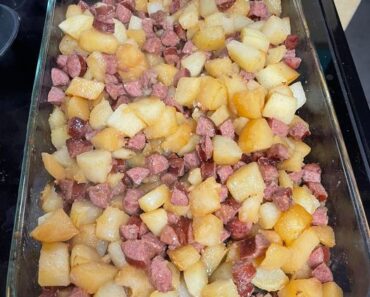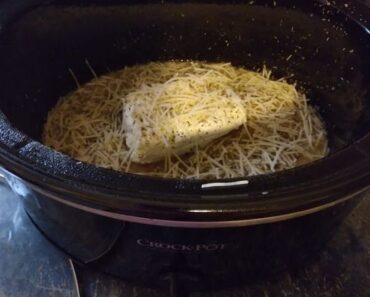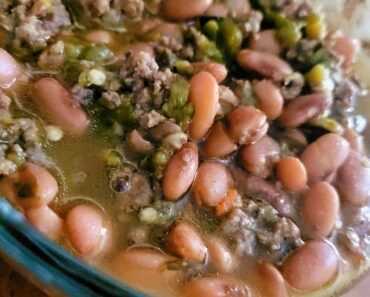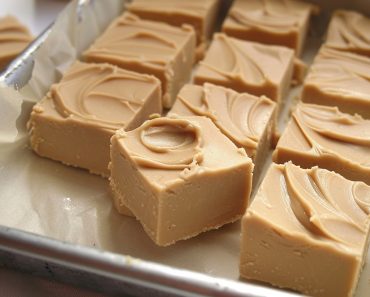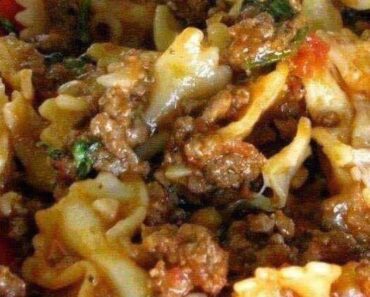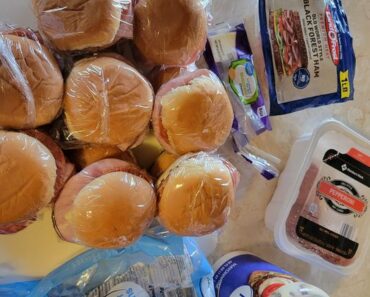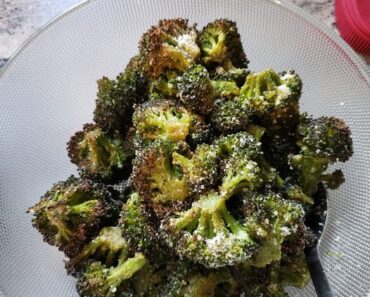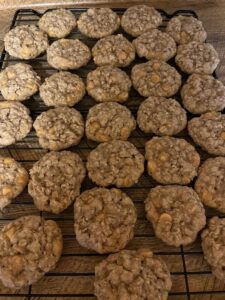
Butterscotch Oatmeal Cookies
Ingredients:
- 1 stick (1/2 cup) unsalted butter, softened
- 1 large egg
- 1/2 cup light brown sugar, packed
- 1/4 cup granulated sugar
- 1 teaspoon vanilla extract
- 1/2 teaspoon baking soda
- 1/2 teaspoon baking powder
- 1 cup all-purpose flour
- 1 1/2 cups old-fashioned oats
- 1 cup butterscotch morsels (or raisins, if preferred)
Instructions:
- Preheat your oven to 350°F (175°C). Line baking sheets with parchment paper.
- In a large mixing bowl, cream together the softened butter, light brown sugar, and granulated sugar until light and fluffy.
- Add the egg and vanilla extract to the butter-sugar mixture, beating well until fully combined.
- In a separate bowl, whisk together the flour, baking soda, and baking powder.
- Gradually add the dry ingredients to the wet ingredients, mixing until just combined.
- Fold in the old-fashioned oats until evenly distributed in the cookie dough.
- If you’re using butterscotch morsels, gently fold them into the cookie dough until they are evenly distributed. If you prefer raisins, add them at this stage.
- Using a cookie scoop or tablespoon, drop rounded dough balls onto the prepared baking sheets, spacing them about 2 inches apart.
- Bake in the preheated oven for 10-12 minutes or until the edges are golden brown. Keep an eye on them to prevent over-baking.
- Allow the cookies to cool on the baking sheets for a few minutes before transferring them to a wire rack to cool completely.
- Enjoy your delicious Butterscotch Oatmeal Cookies with a glass of milk or your favorite hot beverage!
FAQs about Butterscotch Oatmeal Cookies:
Q: Can I substitute margarine for butter in this recipe? A: While margarine can be used as a substitute for butter, it may affect the flavor and texture of the cookies. Butter contributes to the rich taste of the cookies, so using it is recommended for the best results.
Q: Can I use quick oats instead of old-fashioned oats? A: Yes, you can use quick oats instead of old-fashioned oats, but keep in mind that the texture of the cookies may be slightly different. Old-fashioned oats provide a heartier texture, while quick oats result in a smoother texture. Both options are valid, so choose based on your preference.
Q: How should I store these cookies? A: Store the cookies in an airtight container at room temperature for up to a week. If you want to keep them fresh for a longer period, you can store them in the refrigerator for up to two weeks or freeze them for up to three months.
Q: Can I freeze the cookie dough for later use? A: Yes, you can freeze the cookie dough for later use. Scoop the dough into individual portions and freeze on a baking sheet. Once frozen, transfer the dough balls to a sealed container or a plastic bag. When ready to bake, place the frozen dough balls on a baking sheet and add a few extra minutes to the baking time.
Q: Can I omit the baking soda and baking powder? A: Baking soda and baking powder contribute to the cookies’ rise and texture. Omitting them may result in denser cookies. If you don’t have one or both of these ingredients, it’s best to follow the recipe for the intended texture.
Q: Can I use a gluten-free flour substitute? A: Yes, you can experiment with a gluten-free flour substitute. Keep in mind that the texture and flavor may vary, so it’s recommended to use a gluten-free flour blend designed for baking.
Q: Can I mix different add-ins, like butterscotch morsels and raisins? A: Absolutely! Feel free to get creative and mix different add-ins like butterscotch morsels, raisins, nuts, or chocolate chips. Just be mindful of the total amount to maintain the cookie’s balance.




